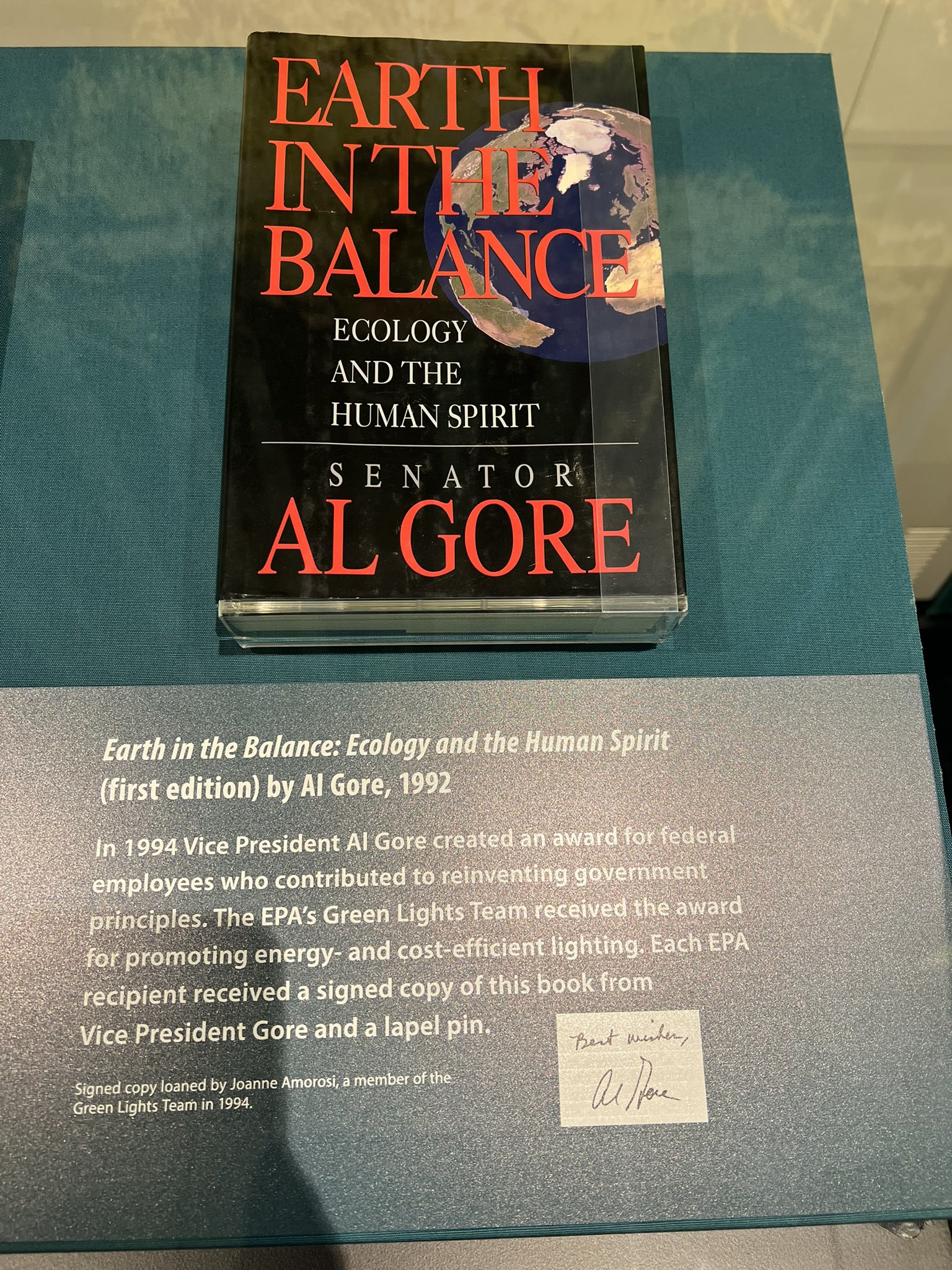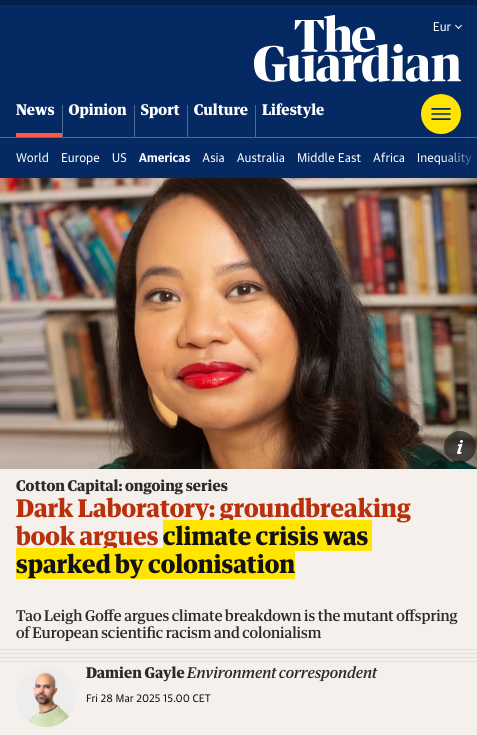By Suzanne McCarron – 03/01/2018
ExxonMobil is committed to positive action on climate change and dedicated to reducing the risks in the most efficient way for society.
We’re focused on finding science-based solutions, which is what drives our research into lower-emissions technologies that can make a difference on a global scale – such as next generation biofuels and carbon capture and storage. Since 2000, ExxonMobil has spent $8 billion in lower-emission energy solutions.
So it was extremely disappointing last summer when a widely reported study by Harvard’s Naomi Oreskes and Geoffrey Supran unfairly criticized ExxonMobil’s history of climate science research and inaccurately claimed that we misled the public.
It’s especially disappointing for the thousands of scientists who work at ExxonMobil who found the descriptions of the company unrecognizable in the news stories about the Oreskes-Supran study.
So we took a decidedly scientific approach.
We contacted Cleveland State Prof. Kimberly Neuendorf, who literally wrote the book on the science of content analysis – aptly named The Content Analysis Guidebook — cited by Ms. Oreskes and Mr. Supran as a methodology for their study.
We engaged Prof. Neuendorf to evaluate the study and the application of content analysis methodology. This is part of our legal defense to claims that might rely on the Oreskes-Supran study.
Prof. Neuendorf concluded that the study was flawed.
“After a detailed review … I have concluded that [Oreskes’ and Supran’s] content analysis does not support the study’s conclusion because of a variety of fundamental errors in their analysis,” she writes in her report, which you can read in full here. “[Their] content analysis lacks reliability, validity, objectivity, generalizability, and replicability.”



